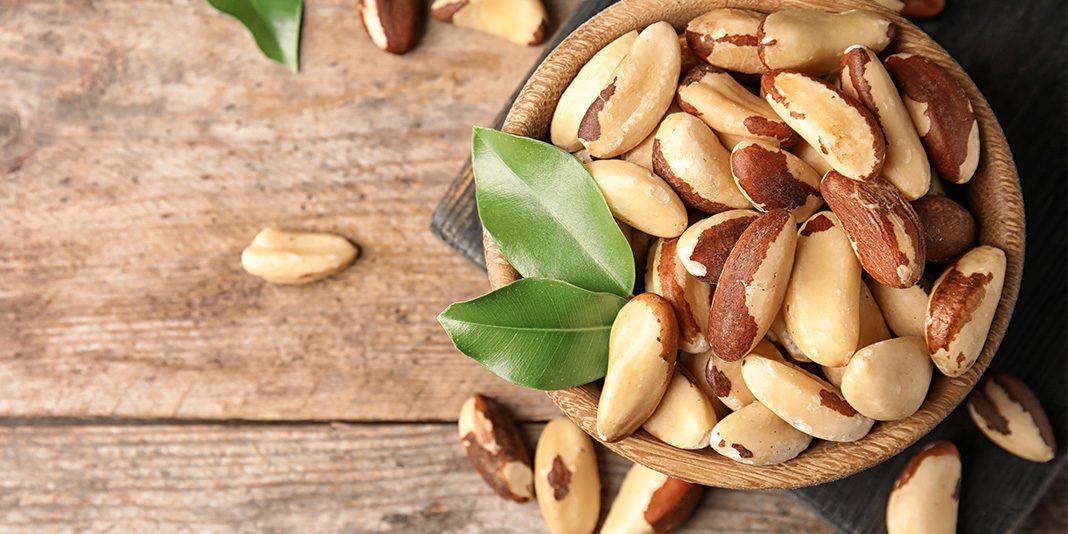The buzz is all about phytonutrients in nutrition circles. They are powerful antioxidants lurking in colorful fruits and vegetables, and these chemical compounds do your body a world of good fighting inflammation and disease. Want to eat your way to younger-looking skin? Dine on blueberries and almonds. Want to reduce your risk of breast and ovarian cancer? Research links phytonutrients with helping prevent chronic diseases such as heart disease, type 2 diabetes and cancers. Phytonutrients protect the body and fight disease by attacking carcinogens.
Phytonutrients are not hard to find. Your favorite strawberries produce their own supply as protection against the sun and insects. Think of phytonutrients as superfood for plants. It’s not just fruits and vegetables that give you the phytonutrient benefit of fighting cell-damaging free radicals. Most likely your diet already includes these plus grains and legumes.
Focus on getting these four phytonutrients into your diet:
Flavonoids
Find flavonoids in green tea, coffee, dark chocolate with at least 70 percent cocoa as well as citrus fruits such as grapefruit and oranges. Flavonoids will give you the common antioxidants catechins and anthocyanins, which are known as effective fighters against cancer and heart disease.
Phenolic acids
Phenolic acid works to reduce inflammation in the body. Stock up on cruciferous vegetables such as broccoli, cauliflower, and Brussels sprouts for a dose of this antioxidant. Fruits that have phenolic acids are apples (leave the skin on because it has a higher concentration), blueberries, and cherries. The concentration of phenolic acid is especially high in the skin of apples, so don’t peel your favorite lunch box treat.
Lignans
Seeds, whole grains, and legumes provide this chemical that mimics estrogen and can regulate hormones in the body. Lignans are loaded with both soluble and insoluable fiber that aids digestion, and the chemical supports your immune system. Flaxseed is a rich dietary source of lignans.
Carotenoids
These plant pigments are the reason your school nurse insisted you should eat your lunchroom carrots. The beta-carotene that gives carrots their orange color comes under the umbrella of carotenoids. So does the lycopene that produces the red in tomatoes.
Carotenoids are responsible for the red, yellow, and orange hues in many other fruits and vegetables. Other food sources include sweet potatoes, winter squash, watermelon, and grapefruit.
There’s more reason to love carotenoids in addition to the cheery color they bring to the school lunchroom. They’ve been shown to protect against certain cancers and eye-related diseases.
These food sources rank especially high in phytonutrients:
Carrots
Carrots also are high in vitamins C and A as well as minerals. Carrots do have a small amount of sugar in them, but the nutrient quality is high.
Grapes
Grapes are packed with phytonutrients. Grape seeds are also very rich in phytonutrients as well as omega-3 fatty acids, making this food an excellent anti-inflammatory food that helps preserve the longevity of cells.
Berries
Berries reduce inflammation and help prevent free radical damage that destroys cells over time.
Olive Oil
Olive oil is a heart healthy oil rich in phytonutrients and other vitamins and omega-3 fatty acids which are beneficial for reducing inflammation.
Garlic
Garlic is also rich in other nutrients such as calcium and iron.



































